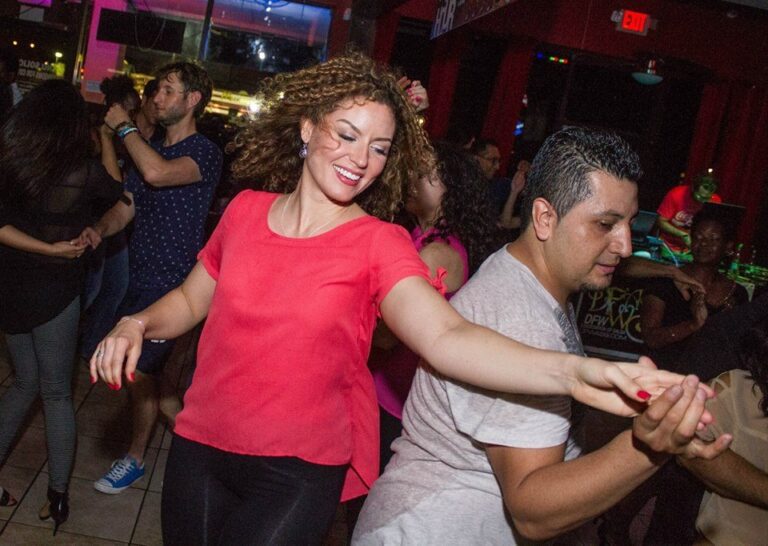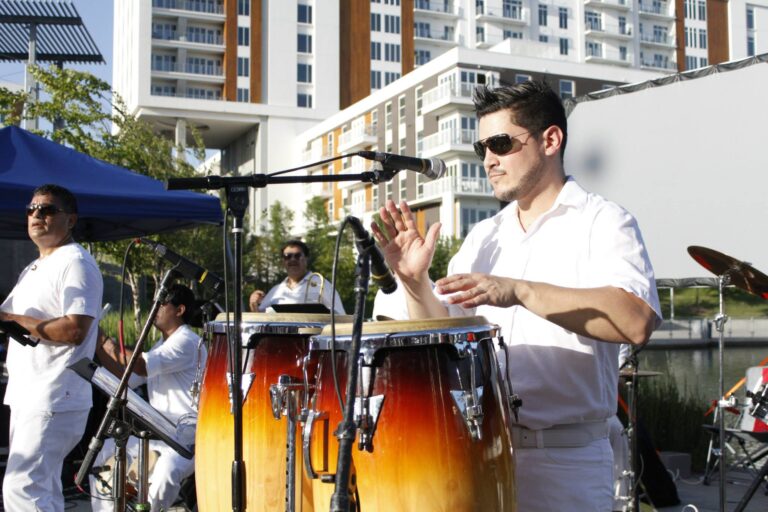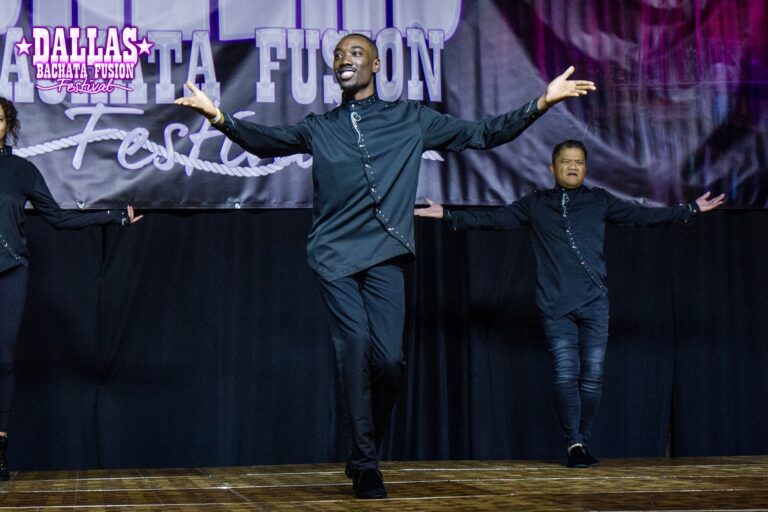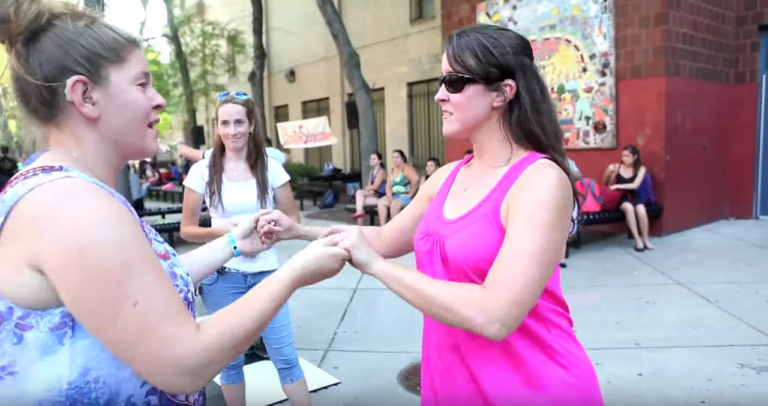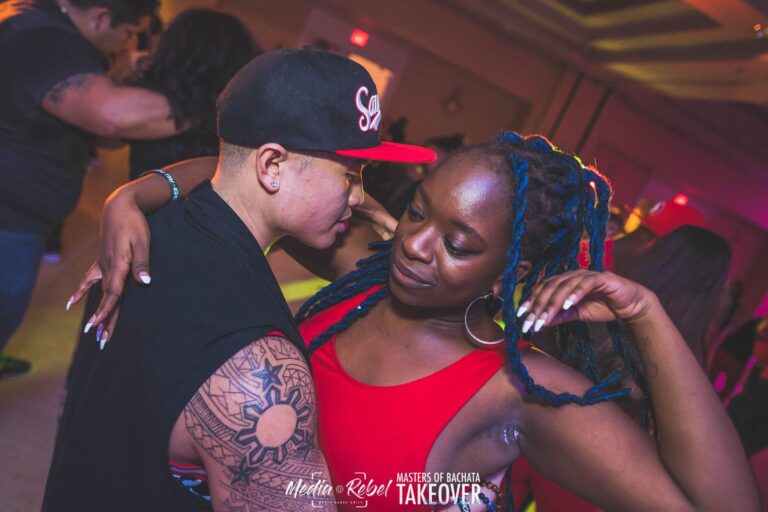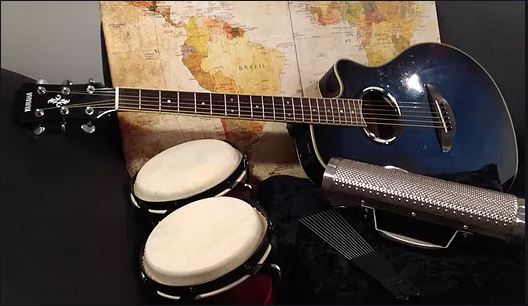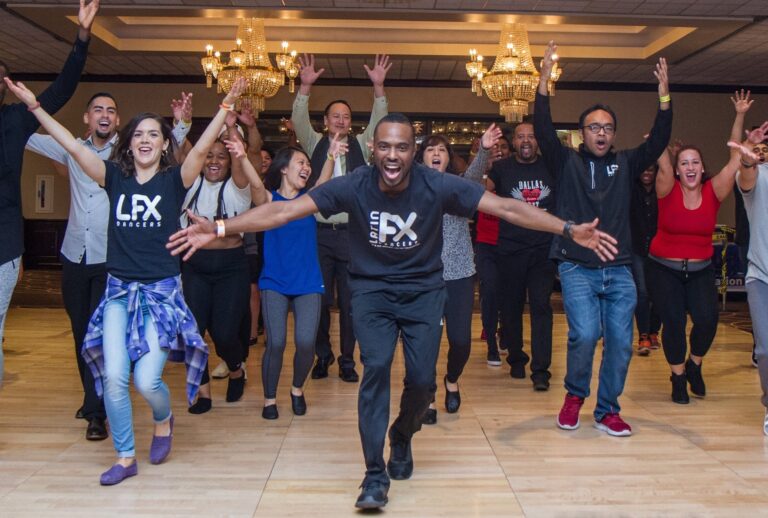You’re getting better.
You’ve nailed the basic step and you can even lead a basic turn and a cross body lead.
You’re confidence is up (a little).
Then your big moment comes: time to dance with someone… to real music.
The song starts. You get a little nervous. This is all up to you. You listen carefully, desperately trying to hear that elusive 1 count.
Was that it? Just there? The milliseconds feel like minutes. You break into a sweat.
You’re not sure if you’re right but you decide to go for it. You do it, you step forward praying that your partner is going to follow the same beat as you, pleading with all the gods above that you can think of that you’ll both be in time together, wishing that this will be your moment to shine.
It’s not.
You move forward on a random beat and take your partner by surprise; their reaction is too slow. You start together but it’s far from synchronized and you both know it. Their eyes meet yours and you can see a look of pure terror in them. You know what that look is saying: “Why have you done this to me? Why did you dance on the wrong beat? Why?!”
You look around and see everyone in the club looking at you, some staring in horror, some shaking their heads in shocked disapproval, the rest laughing. Laughing so hard that your unborn children will have to go to therapy to get over it. All because you can’t find the beat.
The laughing gets louder and louder and finally… you wake up screaming, breathing like you’ve just run a 100m sprint, drenched in a cold sweat.
If you’re anything like me you’ve had this dream at least once (or maybe I just have issues).
That Damn 1
The truth is, when you’re starting out, finding the beat in salsa can be a bit of a nightmare. You listen to the music trying to hear that magical 1 so you can get your boogie on, but somehow it seems to elude you.
Let me tell you, friend, you are not alone! For many people not exposed to salsa music from a young age, finding the appropriate beat to start on can be tough. Or at least, it can be initially.
But just remember: if a bloody bearded Irishman like myself can do it, then so can you!
There Are Two Ways To Find The Beat In Salsa:
There’s the –
1: Dance, dance and dance some more until you finally pound the beat into your skull method.
And there is the –
2: Learn all about the instruments and intricacies of salsa music so you can specifically pinpoint that god damn 1 method (pretty catchy titles, eh?)
You might also like The Musicality Myth
I’ll try to keep the explanations short and sweet.
Method 1:
Get out there and dance song after song with someone who knows the rhythm until you finally “get it”.
This is the method that has been used for years by virtually 99.99% (disclaimer: may be a completely made up figure) of salsa dancers.
It is completely unscientific and this annoys a lot of people because we would all love a more definite marker in the music. But it works.
The only caveat is that you have to dance with someone who already knows how to dance well. Otherwise, it’s a true case of the blind leading the blind and you may end up with something reminiscent of my nightmare above.
Just give it time and practice and you’ll get it. I promise.
Method 2:
For those of you who aren’t content with the “wishy-washy, unscientific, New Age, hippy, natural” method above, there’s a more in-depth (read: complicated) method.
In its original form, salsa’s rhythm comes from two percussion instruments: the clave and the congas. The clave is basically 2 sticks struck together in either a 2/3 or 3/2 rhythm. Clave literally translates as “key” or “code” and is the original base beat of cuban son (the precursor of salsa).
The congas are the tall African-style hand drums that you may have seen if you’ve ever seen live salsa music. Congas provide the back beat to salsa music.
If you can only hear the clave or the conga, you can hear the beat and dance to salsa music.
In order to use these instruments to find the beat in salsa, we need to understand a little more about salsa itself.
Salsa Beats 101
Salsa is danced to two measures of four beats each making a a total of eight beats. Of these eight beats, we normally step (or transfer weight) on only six beats (1, 2, 3… 5, 6, 7…). The 4 and the 8 beats are used for a slower weight transfer (i.e. we don’t actually step on them but can transfer our weight more slowly between each measure). Salsa generally starts on the 1 count with the directional change (break) occurring “on 1” or “on 2” (depending on the type of salsa).
Now, with this knowledge we can use the instruments to help us find the beat, i.e. to tell us when to start dancing.
With The Clave
With the 3/2 clave rhythm, the first sound of the first three beats is the 1 count.
With the 2/3 clave rhythm, the first sound of the first two beats is the 2 count. The third sound of the last three beats is the 8, thus you will start dancing immediately after that. Here’s a song with a nice clear 2/3 clave (starting at 0:23) for reference:
Of course, often the clave can be difficult to hear.
Find out more in Where Did The Clave Go?
So…
With The Congas
In my opinion, it is far easier to hear the congas in a song and the truth is we (inadvertently) wait for the congas to start before we start dancing.
There is a basic salsa beat for congas. It consists of three parts: gentle slapping with the left hand called “masacote”, a heavy slap with the right hand called “quemado”, and a hollow sounding double tap with the right hand called “abierto” (I’m sure there are terms in English for these, but my conga teacher only speaks Spanish so we’ll have to make do).
It is the abierto, that double tap, that is the easiest sound to pick out in salsa music. It occurs on the 4 and 8 beats, which means you need to step immediately after it (the double tap) to hit your 1.
Now, I said that it’s a double tap (and it usually is) but occasionally it may only be a single tap or it may be a combination of a single and a double tap (or sometimes something more complicated). The fact of the matter is: that prominent hollow beat in a salsa song is the conga and is perfect marker of the 4 and 8 beat.
Dissecting The Music
All of this technical talk about claves and congas and beats, however, requires that you actually distinguish them from each other in the song. Salsa bands are usually huge meaning a great many instruments are used which makes picking out individual instruments tricky, especially to the untrained ear.
The best homework you can do for yourself is sitting down and consciously listening to salsa music. Pop on some headphones and try to pick out the different instruments in the song. Follow them all, especially the percussion instruments; the drums, the cow bell, the congas and the clave. All help you to maintain your timing during a dance. If you have trouble finding the beat, then ask someone to give you a hand.
Technology: The Final Frontier
Luckily, other people, who are far more tech-savvy than me, have thought of different ways to find the elusive “1”.
Some have even created these great videos that mark the 1 for you in a specific song so you can practice with it and never have to worry about losing your place. Here’s one featuring one of my favourite songs, La Pantera Mambo:
You should be able to find plenty more such videos on YouTube.
Practice Makes Perfect
As I’ve mentioned countless times before, this type of information is worthless unless you put it into practice. Practise with real salsa music (and an experienced friend) and I guarantee you, finding the beat in salsa will become as automatic for you as walking… or your money back (can’t beat that now, can ya?)
Oh, and if you have any other tips of finding the beat that have worked for you then let me know in the comments. I’d love to hear about them.
Keep dancing, folks.
Enjoyed this? Check out How To Improve Your Salsa Basic
